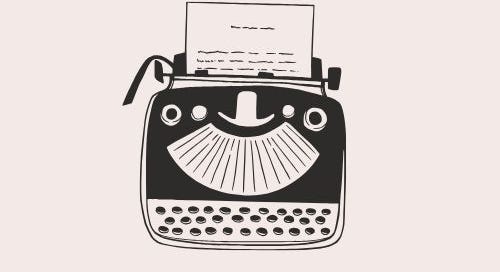At the beginning of September I sent book 2 off to my agent, so that she can give me the go ahead to send on to the publisher. She came back to me quickly telling me she’s reading it, and that’s it’s brilliant … but she’d be back with some edits. In honesty, I doubted I’d get through this part of the process without edits, despite knowing that my writing is far better than when I sent Garden of Her Heart to her when I was querying agents.
Now that I’m going through this edit, I thought you might like to know my process. But if you’re not at this stage in your writing yet, please know that all authors have their own process, and the is no single way to do edits. I simply hope that by knowing my process, it will help you to define your own way of doing things.
For this issue of the Dispatches, let’s take a few steps back so that you know what’s happened so far in my edits.
I do small bits of editing as I write a first draft. These edits are for two reasons. The first is because I light edit can help me write my way into a tricky scene that I’m struggling with. And secondly, as I get further into the novel I realise that there are some earlier bits that need changing to make the story work.
When I finish writing my first draft I leave it for a couple of days - some people leave theirs for a couple of weeks. This is to help have some space between writing the draft and starting to work on it. I find I don’t need much space, which might have something to do with the kind of report writing I used to do in my job - I often didn’t have a day in order to get my head out of the first draft and into editing (which usually means reducing the word count by half).
Having had a little time away from the draft, I then do a read through with a notebook by my side. I have both a paper version printer off, and a Kindle version. For some reason, I find it easier to spot things on the Kindle, and then if I notice typos I mark them up on the paper copy. The notebook is for me to note continuity issues, character issues and structural issues that come up.
When I’ve made the necessary changes, I do another read through and this time I’m looking for whether the changes work, and whether there’s a better way of saying something. One thing that annoys me is that I think to myself ‘oh I definitely need to say this here’, and then I find I did say it, in the very next sentence or paragraph! But there are sentences that I consider different ways of getting the point across, or scenes where I might think that it can be considerably reduced down to make the same point much more succinctly.
After I’ve made those changes I do another read through (this is a paper copy) and this time I mark an A and a V at the bottom of every page. A is for ACTION and V is for VISUAL - if I have too many pages with no action or no visual (and for me, too many is 2 pages), then I know I need to get some action in, or a visual element in.
And then after that, I’m ready to send out to beta readers. I have a process for this too. Firstly, I’ve discovered it’s important to carefully select your beta readers - not everyone will respond, or at least not within the timeframe you set. So let people know when you need responses by. I also provide around 5-6 questions for beta readers to respond on, and these are designed to have an uplifting element for me, just as much as providing me with useful and usable feedback. When the feedback is in, I make any changes I need to deal with.
Next I send my novel over to my agent, and wait impatiently for her to get back to me - I mean, it’s not unreasonable to expect a detailed response within 24 hours, is it?
In the next issue of the Dispatches, I’ll take you through how I handle edits from others - my agent and my editor. If you have any editing tips, I’d love to hear about them.
Until next time,
Zoë




Loved getting to see into this part of your process, thank you for sharing!
Hi Zoe, v useful to see how others edit. I am starting on my draft now